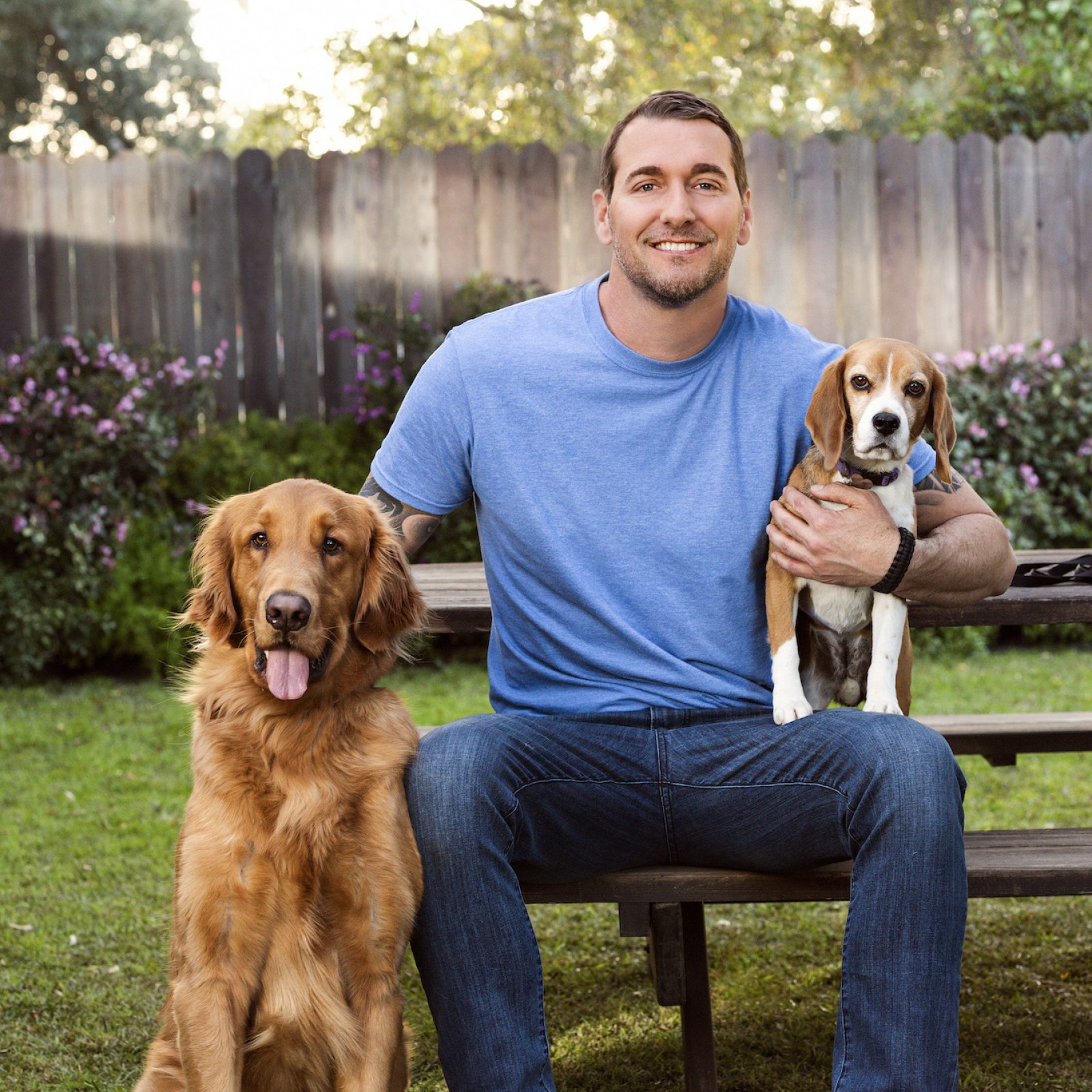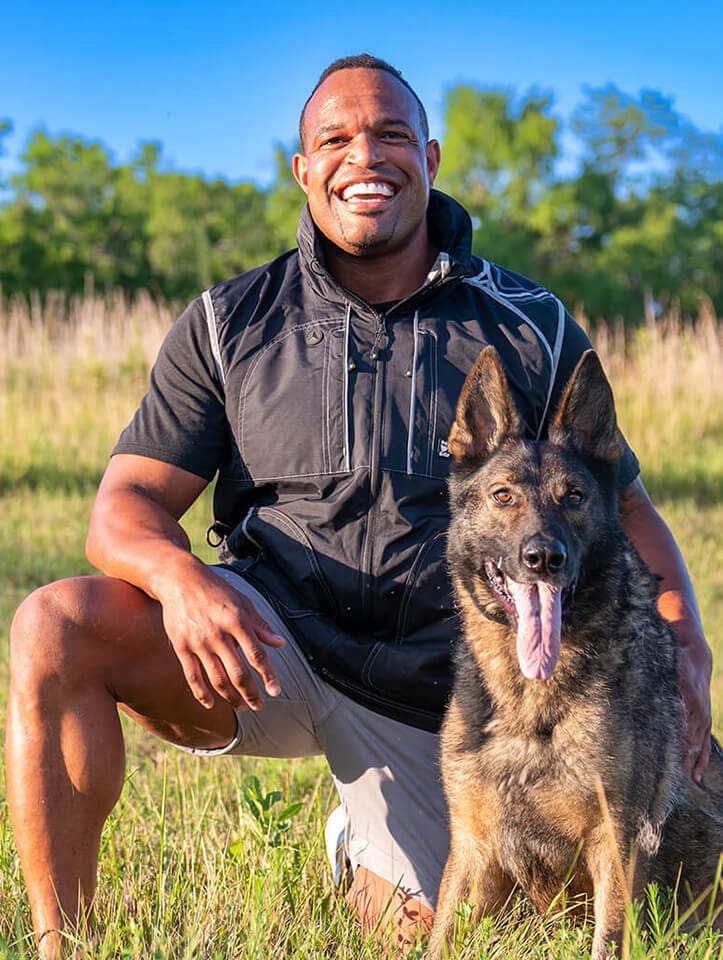Transform Your Pet dog's Actions With Proven Training Techniques
Transforming your pet dog's habits calls for a nuanced understanding of their individual attributes and requirements, as well as the application of tried and tested training approaches. Consistency in your training method not only boosts obedience however likewise cultivates a much deeper bond of trust fund and respect between you and your animal.
Recognizing Pet Actions
Understanding pet dog behavior is essential for effective training and interaction in between humans and their canine companions. Pets, as social pets, exhibit a range of behaviors influenced by genes, atmosphere, and experiences - Dog training. Identifying these behaviors aids proprietors customize their training approaches to fulfill the specific demands of their dogs
Secret elements of pet dog actions include body language, vocalizations, and social interactions. Furthermore, socializing plays an essential role in shaping actions; canines that interact positively with other pets and different individuals are generally a lot more versatile and well-adjusted.
Moreover, acknowledging tension signals-- such as avoidance, pacing, or panting habits-- can prevent escalation right into a lot more major concerns. Proprietors who are attuned to their canine's behavior can produce a risk-free and caring atmosphere, cultivating trust fund and improving the training procedure. Inevitably, a deep understanding of canine habits lays the structure for a harmonious relationship and reliable training results, ensuring both dogs and their proprietors thrive with each other.
Positive Reinforcement Strategies
Favorable reinforcement methods are commonly recognized as one of the most efficient approaches for training dogs, promoting a favorable discovering setting. This technique entails satisfying desired actions with treats, praise, or play, thus motivating the canine to repeat those behaviors. Unlike punishing approaches, favorable support builds trust fund and reinforces the bond between the pet and the fitness instructor.
Rewards should be provided quickly following the desired habits to assist the pet make the link. Uniformity is additionally crucial; using the exact same commands and rewards helps the canine understand what is anticipated.
It is very important to keep in mind that favorable support is not about bribery; rather, it has to do with reinforcing great habits. In time, as the pet dog discovers to connect certain activities with positive end results, the frequency of incentives can be progressively decreased, transitioning to verbal appreciation or recurring benefits. This approach not only urges obedience but also promotes a pleased and positive dog, making training an extra delightful experience for both events included.
Dealing With Common Concerns
Resolving usual concerns during dog training is crucial for guaranteeing a unified and successful partnership between the canine and its proprietor. Several dog owners encounter behavioral obstacles, such as excessive barking, leaping, and leash drawing. Comprehending the source of these habits is essential for reliable training.
Extreme barking may originate from monotony, anxiety, or an absence of socialization. To mitigate this, give enough exercise, psychological excitement, and chances for social communication with both people and various other pets. Jumping can commonly suggest exhilaration or a wish for focus. Training the dog to rest upon greeting can reroute this habits favorably.
Chain drawing is another common concern, frequently arising from a pet dog's enthusiasm to explore. Using correct chain taking care of strategies, incorporated with training procedures that urge loose-leash strolling, can significantly enhance this habits.
On top of that, problems like source securing or splitting up stress and anxiety require tailored techniques. Progressive desensitization and counter-conditioning can be reliable in resolving these difficulties. By identifying and proactively managing these common problems, canine owners can foster an extra satisfying training experience and strengthen the bond with their canine companions.
Consistency in Training

To achieve uniformity, it is important that all participants of the household stick to the exact same training approaches. Utilizing the exact same spoken cues and hand signals makes sure that the canine obtains uniform messages. In addition, the timing of incentives and corrections should be constant; prompt support increases the likelihood that the pet dog will associate the behavior with the end result.
Furthermore, developing a regimen can further improve uniformity. Regular technique sessions, coupled with organized schedules for feeding, strolling, and playtime, aid canines prepare for and comprehend their setting, making them much more responsive to training. Ultimately, uniformity cultivates a complacency and trust, equipping pets to get more information efficiently. By devoting to an organized method, instructors can promote positive habits adjustments and cultivate a courteous friend.
Structure a Solid Bond
Just how can cultivating a solid bond in between a pet and its proprietor boost the training experience? A solid connection improved linked here trust and respect offers as the structure for efficient training. When a canine feels protected in its link with its proprietor, it is extra likely to exhibit favorable actions and be responsive to finding out. This bond motivates the pet to involve completely in training sessions, as it checks out the owner as a resource of support and support.
Additionally, a solid bond helps with far better communication. Canines are skilled at reviewing human cues, and a trusting connection enables clearer signals during training. Owners that invest time in building this bond click here to read via play, socialization, and positive support create an environment where canines feel motivated and anxious to discover.
Furthermore, a well-established link can decrease stress and anxiety and behavioral concerns, as canines are less likely to act out when they really feel understood and cared for. As a result, prioritizing the growth of a strong bond not just enhances the training experience yet also adds to a happier and extra well-adjusted pet dog. Inevitably, the trip of training transforms into a joint partnership, leading to lasting behavior renovations.
Verdict

Owners who are attuned to their canine's actions can develop this page a caring and secure setting, promoting trust fund and boosting the training process. Eventually, a deep understanding of canine habits lays the structure for an unified relationship and efficient training outcomes, guaranteeing both dogs and their proprietors flourish with each other.
Addressing typical issues during pet training is essential for ensuring a harmonious and effective connection in between the dog and its owner.Consistency is a keystone of effective dog training, as it develops a clear structure for the pet to comprehend actions and expectations.In verdict, changing a dog's actions through confirmed training approaches calls for an understanding of canine habits, the application of positive reinforcement strategies, and an emphasis on consistency.